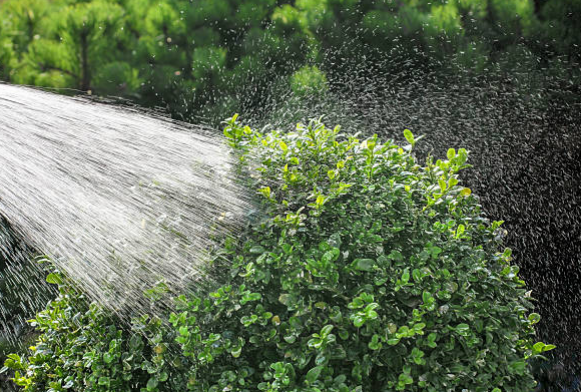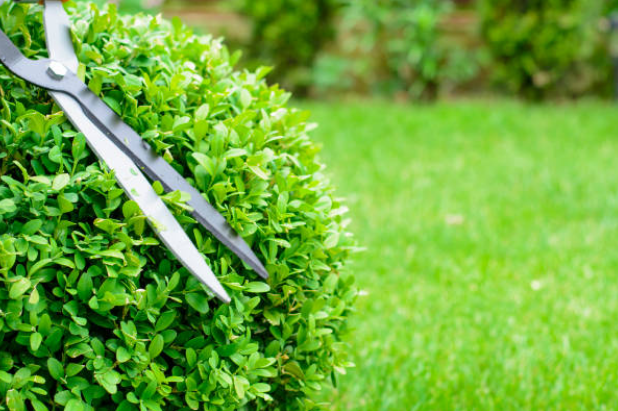Boxwood hedges have long been cherished for their timeless beauty, versatility, and ability to add structure and charm to any landscape. These evergreen shrubs, belonging to the Buxus genus, are prized for their dense foliage, fine texture, and ease of maintenance.
In this blog, we’ll delve into the allure of boxwood hedges and explore the best practices for cultivating and caring for them.

Boxwood hedges are renowned for their versatility and can be used in various ways to enhance your outdoor space. Whether you’re creating formal garden borders, defining pathways, or framing flower beds, boxwood hedges offer a classic and polished look that never goes out of style.
Their compact growth habit and ability to tolerate pruning make them ideal for shaping into geometric designs or intricate topiaries, adding visual interest and sophistication to your landscape.

When it comes to planting boxwood hedges, site selection is key to ensuring their success. Boxwoods thrive in well-drained soil and prefer partial to full sunlight, although they can tolerate some shade. Before planting, amend the soil with organic matter to improve drainage and fertility, and ensure proper spacing between plants to allow for adequate air circulation and future growth.
Proper watering is essential for establishing healthy boxwood hedges, especially during the first growing season. Water deeply and consistently, ensuring that the soil remains evenly moist but not waterlogged. Once established, boxwoods are relatively drought-tolerant but will benefit from supplemental watering during dry spells, particularly in hot summer months.
Regular pruning is crucial for maintaining the shape and density of boxwood hedges and promoting vigorous growth.
Prune boxwoods in late winter or early spring before new growth begins, using sharp pruning shears to remove any dead, damaged, or overgrown branches.
Aim to maintain a uniform shape and size, and avoid cutting into old wood, as this can inhibit regrowth.

In addition to regular pruning, it’s essential to monitor boxwood hedges for signs of pests and diseases, which can affect their health and appearance if left unchecked.
Common pests that may infest boxwoods include boxwood leafminers, boxwood mites, and boxwood psyllids, while diseases such as boxwood blight and root rot can occur under certain conditions.
To prevent infestations and infections, practice good sanitation by removing and disposing of any affected plant material promptly.
In conclusion, boxwood hedges are a timeless and elegant addition to any landscape, offering beauty, versatility, and durability.
With proper care and maintenance, these classic shrubs will continue to enhance your outdoor space for years to come, providing structure, charm, and year-round greenery to delight both you and your guests.
Shop Boxwood Hedge Now!





